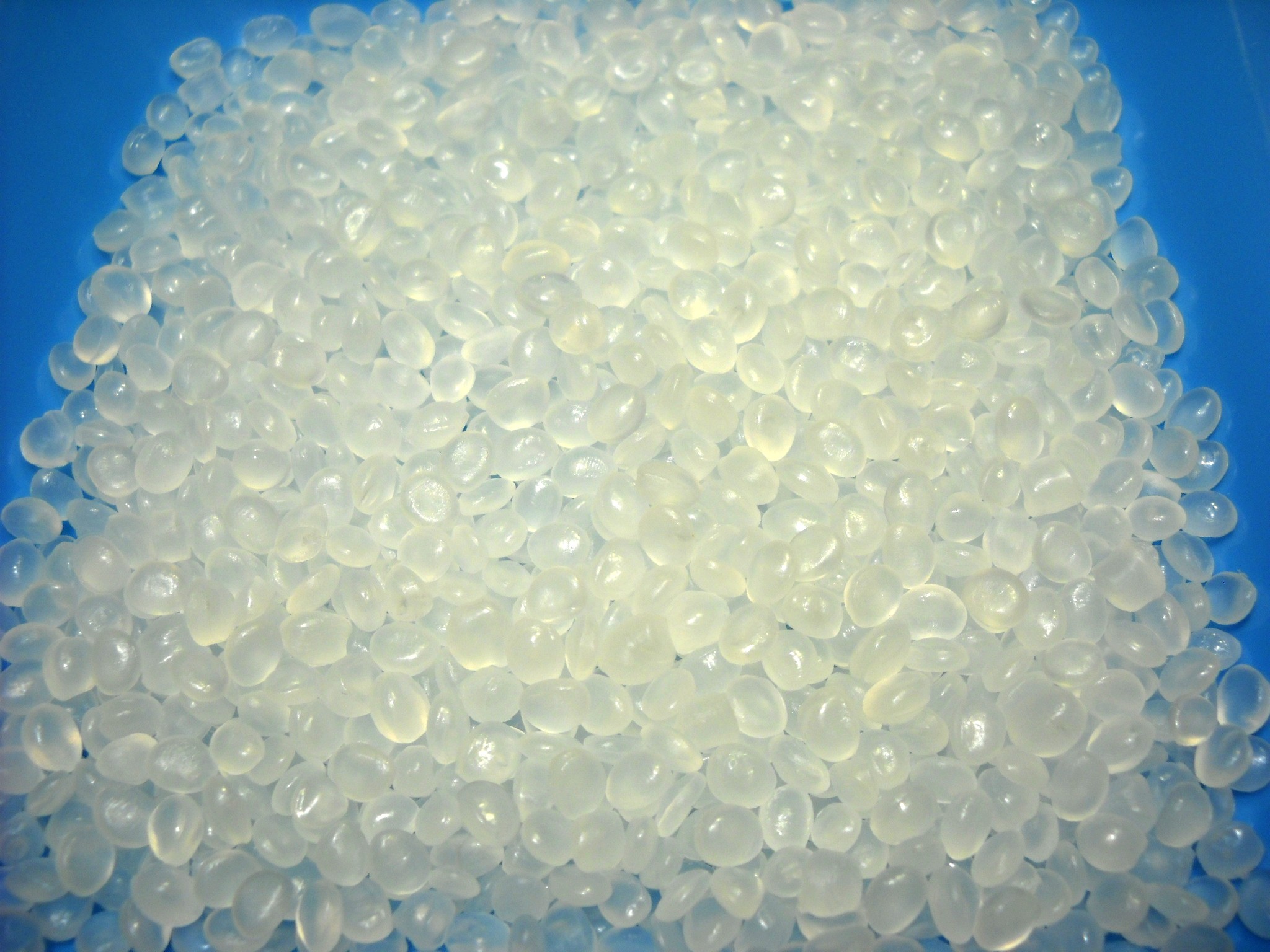One billion toothbrushes are thrown away each year in the U.S. and most of them are made of plastic, so our plastic toothbrushes are contributing to our huge plastic problem. It’s an item that almost everyone in the world uses several times a day, making it essential to our daily routine. Normally, you use a toothbrush for 3 months until you throw it away and replace it with a new one. But how is a toothbrush made?

“toothbrush” by dave is licensed under CC BY-NC-ND 2.0
You can divide the production of the toothbrush into three steps, the handle, the bristles, and the packaging. To make the handle, plastic granules begin to be melted. After liquefaction, the plastic is then injected into a mold for the toothbrush handle using an injection molding machine. To obtain the correct shape for the toothbrush handle, the molds are pressed while the plastic cools. After cooling, the handles can be removed from the mold and the next step can begin. Next, the toothbrush bristles are attached. They are usually made of nylon, as it is soft enough to brush your teeth with but hard enough to use more often. The bristles are then attached to the “head” of the handle and clamped in place. After that, the bristles must be cut, which is usually done with a machine that can cut the bristles exactly to the desired length and shape. After that the toothbrush has to be packed, in most cases, the packaging is a combination of plastic and cardboard.

Now the toothbrush is manufactured and packaged but the journey is far from over because now the toothbrush is transported to the stores and made available for sale to customers. Toothbrushes can be found in any drugstore, grocery store, or you can order them on the Internet. A normal manual toothbrush costs about $1 on average. The toothbrush stays in the store until it is sold. If a toothbrush was then bought it is then used in most cases several times a day. After about three months of use, the toothbrush wears out and loses its effectiveness. Then it is time for the consumer to buy a new one and the old toothbrush ends up in the trash. For the buyer, it now looks as if the life of the toothbrush is over, but, it has just begun. Because it will go about 1000 years until the toothbrush decomposes. In most cases, it will end up in a landfill or in our ocean, where it will remain unchanged for many years.
After looking at the product cycle of a toothbrush, one realizes that the toothbrush is a potential hazard to our environment and wildlife because it takes such a long time to decompose completely. Furthermore, it is difficult to recycle toothbrushes, currently, just an extremely small amount of toothbrushes are recycled in the US because they contain different types of plastic (handle is made of molded polypropylene and polyethylene, and bristles are made of nylon). Therefore, the question arises whether there are alternatives to plastic toothbrushes, or what can be done to make toothbrushes more sustainable.


One possibility is a toothbrush made of a bamboo handle, although these toothbrushes are not completely plastic-free, because the bristles are mostly made of nylon, at least the bamboo handle is quite unproblematic and biodegradable. Furthermore, bamboo is a sustainable raw material, as it grows back extremely quickly, so there is no risk that the stock is endangered. In addition, there are toothbrushes where you keep the handle and only change the toothbrush head regularly, which at least saves the plastic from the handle. Another idea is not to dispose of the toothbrush immediately after it loses its effectiveness but to reuse it for other purposes. For example, you could use it in the kitchen to clean toasters, microwaves, or coffee machines, or in the bathroom to clean the grooves between the tiles and remove hair from your brush.




